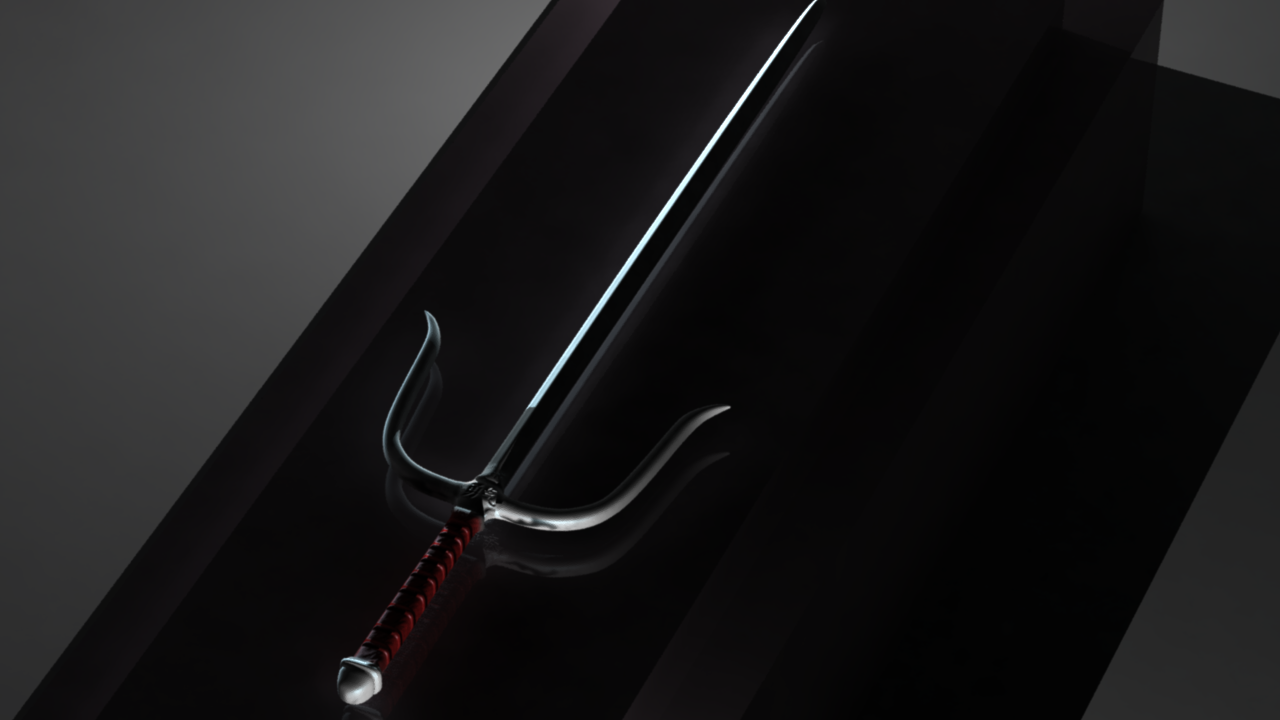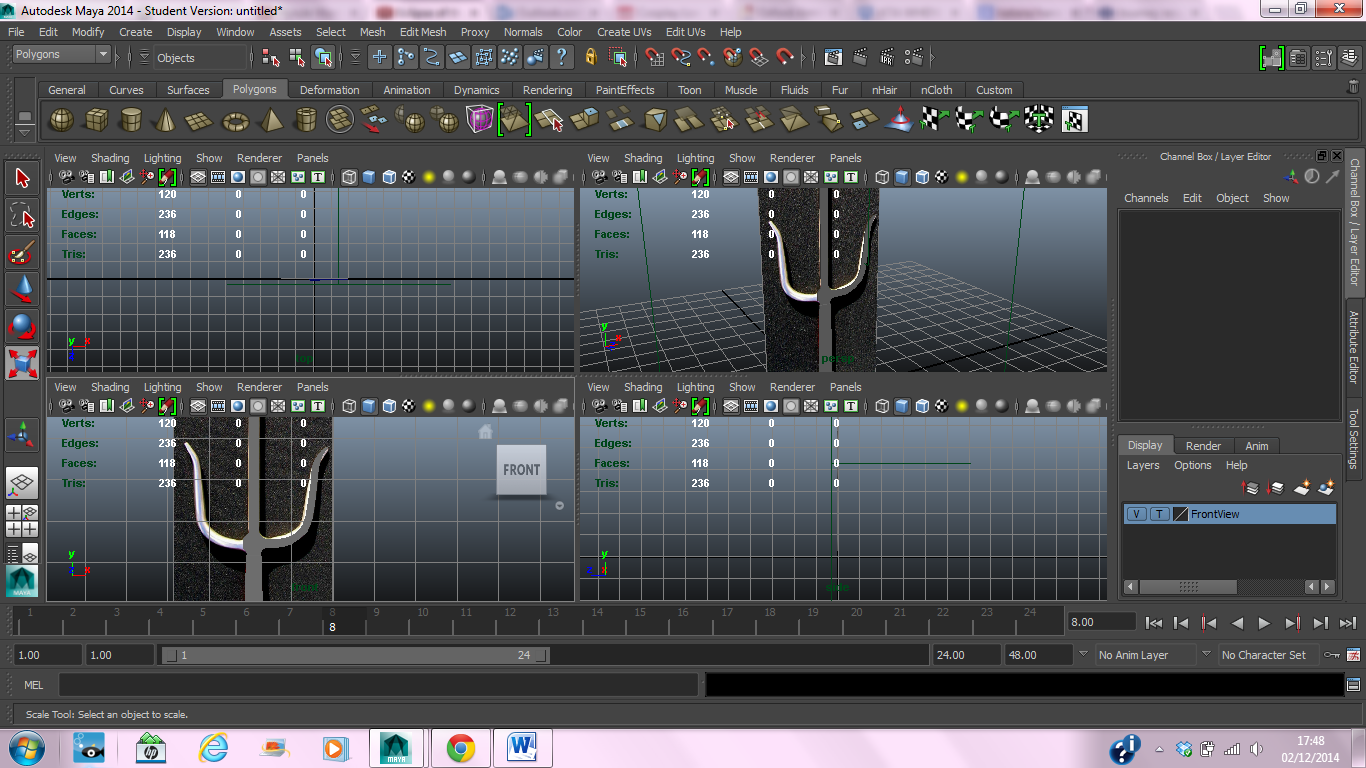Books:
While a lot of the work will be purely visual, I thought it would be helpful to try and find some written sources of information of either Japanese histoy in general (shedding further light on the Edo period of Japan where all of the weapons are based), Japanese art/culture (a lot of the weapons engravings and markings are derived from common and inspired imagery from Japanese culture and their history).
Visiting my local library, I found a couple of books on both subjects.
---
"The Collections of The British Museum":
Edited by: David M. Wilson
Published by: The British Museum Press
In support to my earlier trip to the British Museum itself, this book is also really valuable. While I managed to obtain raw visual information and references from visiting the museum, in this book, I managed to gain some insight from an academic standpoint and context to this project and all it contains.
Ref: Page 181 - 185; The Oriental Collections
Fig 213: "RIGHT - Tachi-type steel sword blade..... it retains the characteristic elegant shape of work of the early Kamakura period.
(blade) 68.5 cm"
The above, written in italics, describes an image on page 181, of a katana blade. Notable is the sleek shape of the blade and it incredible length.
Ref: Page 182 - 183; The Oriental Collections
"The Heian period saw the steady rise of the Samurai class of warriors. From the beginning of the Kamakura period (AD 1185 - 1333) until 1867, the Japanese government was always controlled by the military class, and Samurai virtues, skills, tastes and equipment remained major themes in Japanese culture. Of the equipment, the incomparable steel-sword blade was the most prestigious; combining sharpness, durability, elegance of the shape and complex patterned surfaces into weapon which was also a work of art and of Shinto veneration."
No image here, but a great insight on the rise of themes heeded via the Samurai which left a lasting impact in Japanese culture.
Weapons in this time, where not only used for combat, but were also considered works of art, with great detail being put onto the surfaces of these weapons.
----
"Japanese Art":
Written by: Joan Stanley Baker
Published by: Thames and Hudson
While this book is more of a focus on the traditional side of art in Japan, it also contains worthwhile information, contextualising the impact Japan's ever changing culture had on weapons during the Kamakura to Edo period and vice versa.
Ref: Page 54; Tempyo secular art
Fig 39: "Knives in Persian-style jewelled, silver scabbards, with a dedicatory tag by Shomu's window. 8th century."
The highlighted section above describes the image of knives in their casing. Immediately apparent is the great detail that is on the scabbard; deep engraves, patterns of what appear to be entwining leaves and flowers.
Ref: Page 106 - 107; Kamakura and Muromachi (1185 - 1573)
Fig 71: "Armour with blue yarns from Taira clan. 12th century."
Detailed here is an image of a complete set of samurai armour.
"...until the restoration of imperial control in 1868, a succession of military dictators governed Japan in the Emperor's name.....
Unlike the ceremonial swords of Heian courtiers which were usually sheathed, and in delicately crafted scabbards, the new, warrior's sword was lethal blade of unsurpassed lightness and strength. Made of two layers of iron and steel which were subjected to repeated folding and beating, then to fire and immersion in water, Japanese samurai blades were marked by a unique vapour imprint called ni-e, much prized by connoisseurs."







































